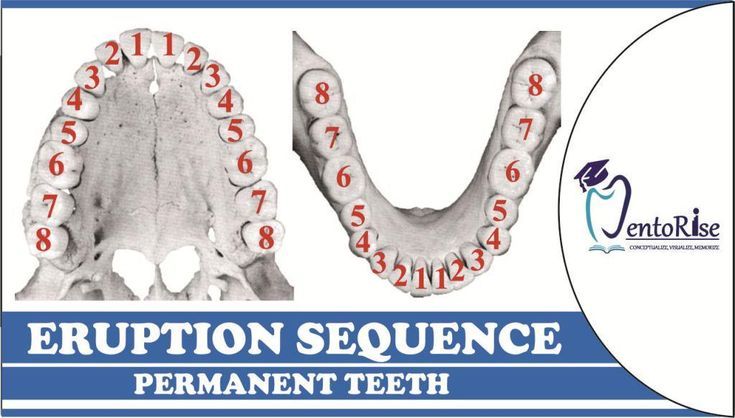Temporary Filling Guide: Fix Tooth Decay Fast
Tooth decay, a bacterial infection causing demineralization of tooth enamel, is a prevalent oral health issue worldwide. When left untreated, it can lead to pain, infection, and even tooth loss. However, with advancements in dental care, there are several temporary filling solutions that can help alleviate the symptoms and prevent further damage until a permanent fix can be applied. Understanding the causes, symptoms, and available treatments for tooth decay is crucial for maintaining good oral health.
Understanding Tooth Decay
Tooth decay occurs when acids produced by oral bacteria dissolve the minerals in tooth enamel, creating cavities. This process can be accelerated by poor oral hygiene, a diet high in sugars and acids, and lack of regular dental check-ups. The symptoms of tooth decay can range from mild sensitivity to severe pain, depending on the extent of the decay. In some cases, especially in the early stages, there might not be any noticeable symptoms at all, which is why regular dental visits are indispensable.
Importance of Temporary Fillings
A temporary filling is used to fill a cavity or tooth decay temporarily until a permanent filling can be placed. It’s often used in emergency situations where immediate relief is needed, or when the tooth needs more time to settle before a permanent restoration. Temporary fillings can provide immediate relief from pain and sensitivity, protect the tooth from further decay, and give the dentist time to prepare for the permanent filling, which may require more than one visit.
Types of Temporary Fillings
There are several types of materials that can be used for temporary fillings, each with its own advantages and disadvantages.
Zinc Oxide-Eugenol (ZOE): This is a common temporary filling material. It has antibacterial properties and can help soothe the tooth and surrounding tissues. However, it’s not very durable and can cause sensitivity in some patients.
Glass Ionomer Cement (GIC): Although primarily used for permanent restorations, some types of glass ionomer cements can be used as temporary fillings, especially in non-load bearing teeth. They have the advantage of releasing fluoride, which helps prevent further decay.
Cavit: A proprietary material used for temporary fillings, known for its ease of use and good sealing properties. It’s less commonly used today due to the availability of more advanced materials but still has its applications.
Resin-Based Composites: These are more commonly used for permanent fillings but can also serve as temporary fillings, especially in aesthetic zones. They offer good durability and can be made to match the color of the tooth.
Application Process
The process of applying a temporary filling typically involves the following steps:
- Preparation of the Tooth: The dentist will remove any decayed portions of the tooth to prevent the spread of the decay. This might involve drilling into the tooth.
- Cleaning the Area: The area is thoroughly cleaned to remove any remaining decay or debris.
- Filling Material Application: The chosen temporary filling material is then applied to the tooth, filling the cavity. The material is shaped to fit the natural contours of the tooth.
- Setting of the Filling: Depending on the material used, the filling may need time to set. Some materials set quickly, while others may require a few minutes.
- Final Check: The dentist will check the bite to ensure the filling is not interfering with the patient’s ability to chew comfortably and will make any necessary adjustments.
Post-Procedure Care
After receiving a temporary filling, it’s essential to follow proper oral hygiene practices. This includes brushing your teeth at least twice a day, flossing once a day, and avoiding hard or sticky foods that could dislodge the filling. Regular follow-up appointments with your dentist are crucial to monitor the filling and prepare for the permanent restoration.
Conclusion
Temporary fillings are a vital part of dental care, providing relief and protection against tooth decay until a more permanent solution can be applied. Understanding the types of temporary fillings available, their applications, and the importance of post-procedure care can empower individuals to take better care of their oral health. Always consult with a dental professional for personalized advice and treatment plans tailored to your specific needs.
What is the primary cause of tooth decay?
+Tooth decay is primarily caused by the acids produced by oral bacteria when they break down food, especially sugars and starches. Poor oral hygiene, a diet high in sugars and acids, and lack of regular dental check-ups can accelerate this process.
How long can a temporary filling last?
+The lifespan of a temporary filling can vary depending on the material used and the individual’s oral habits. On average, a temporary filling can last anywhere from a few weeks to a few months. It’s crucial to follow the dentist’s instructions and attend follow-up appointments to ensure the filling remains effective and to plan for a permanent restoration.
Can I eat normally with a temporary filling?
+It’s generally recommended to avoid eating or drinking for at least 30 minutes to an hour after the procedure to allow the filling material to set. After this initial period, you can resume your normal diet, but it’s advisable to avoid hard, sticky, or chewy foods that could dislodge the filling. Consult your dentist for specific dietary advice tailored to your situation.
